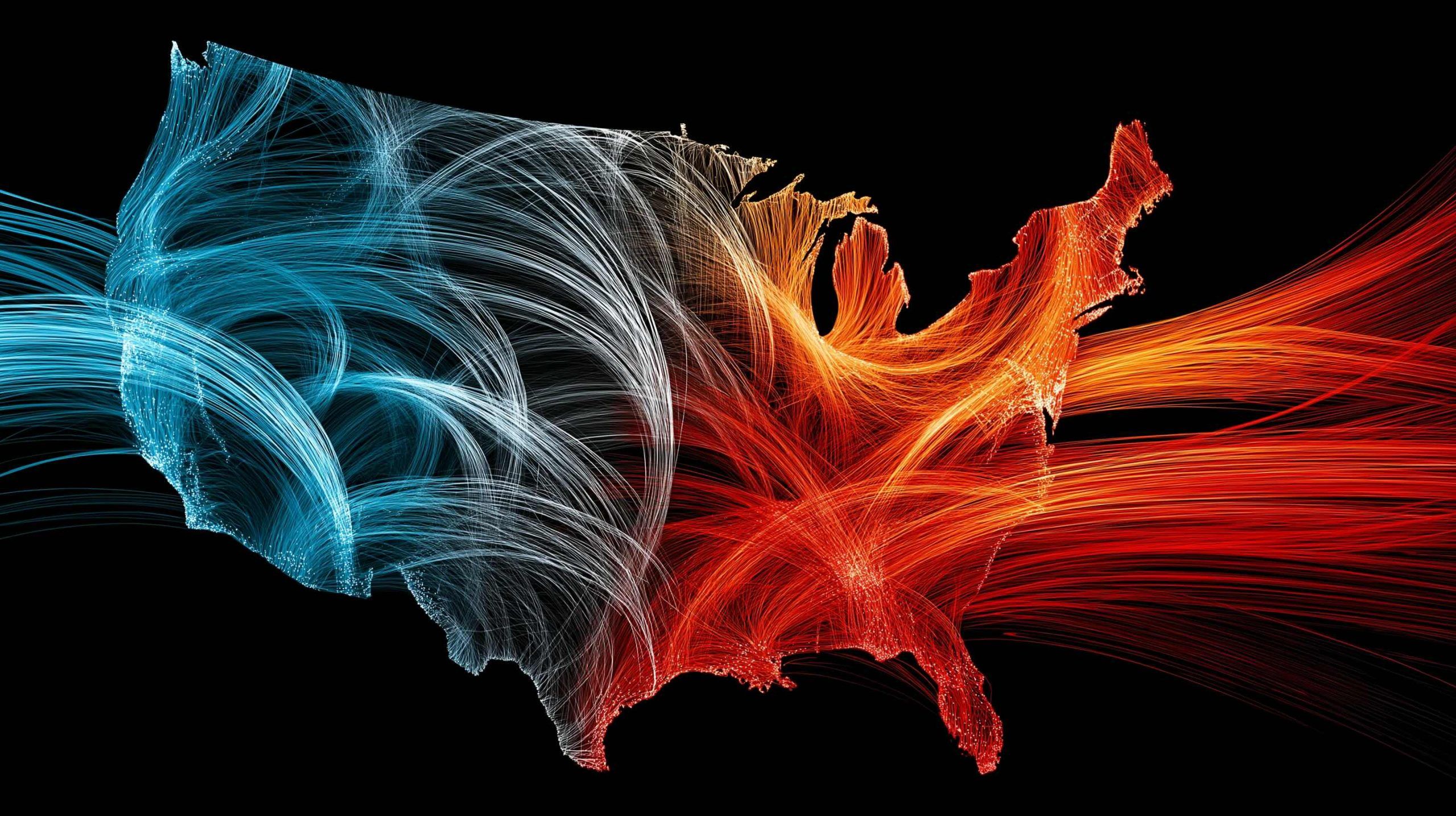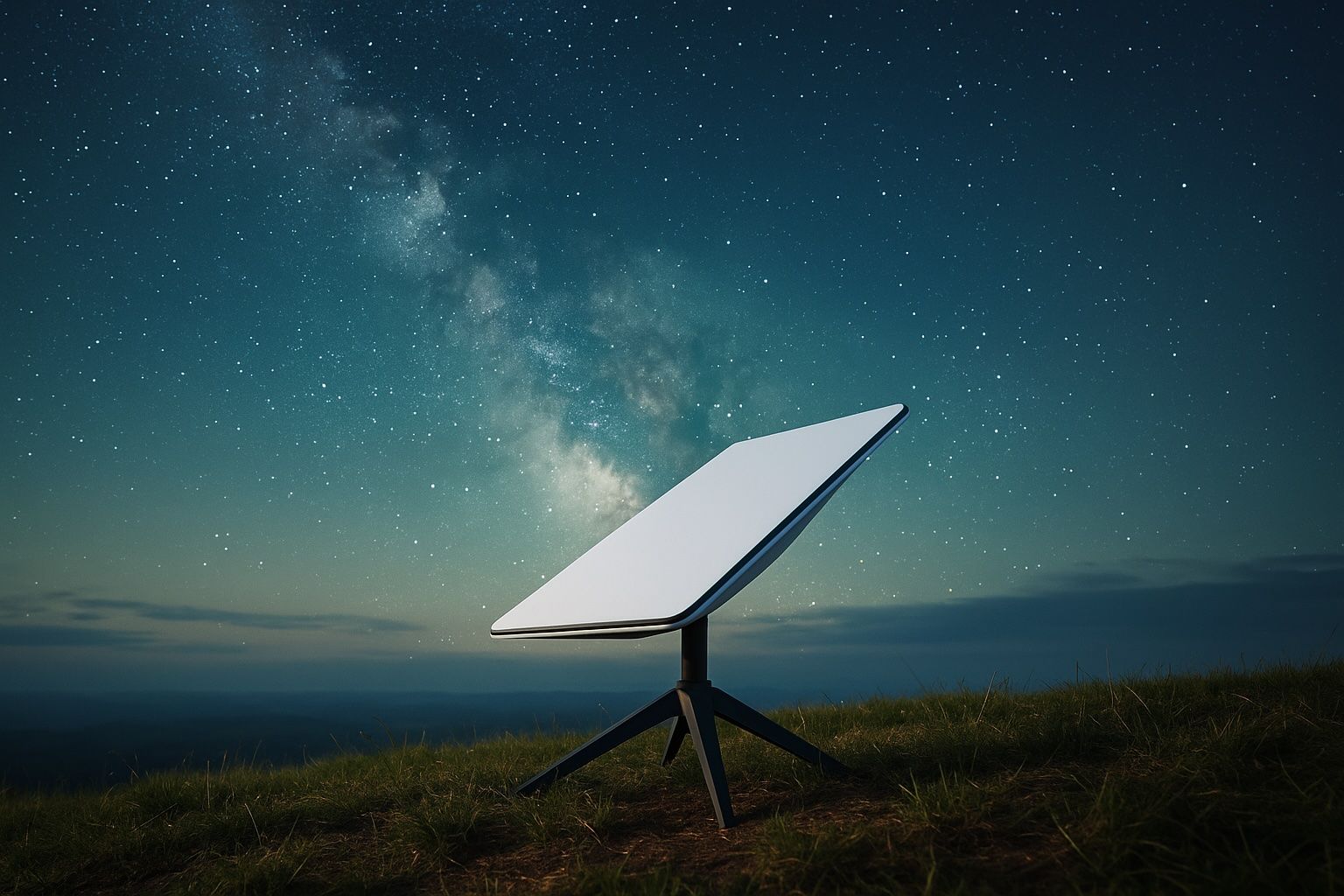
Top 10 US Internet Service Providers of 2025: Speed, Coverage, and Customer Satisfaction Ranked
Google Fiber ranks #1 in 2025 for overall performance and customer satisfaction, offering up to 8 Gbps symmetric speeds with real-world speeds around 279 Mbps, a footprint of about 20+ metro areas in roughly 14 states, $70/mo for 1 Gbps,










